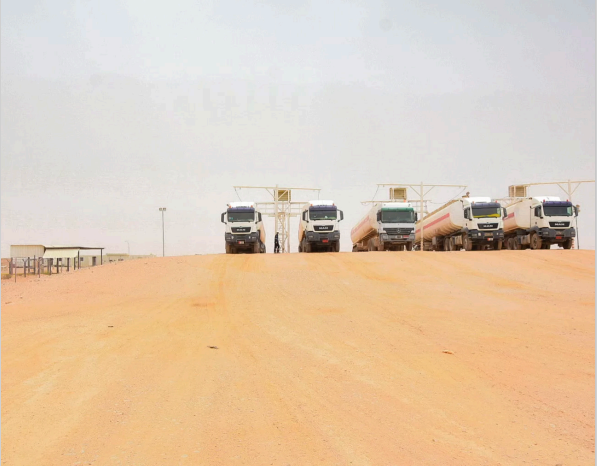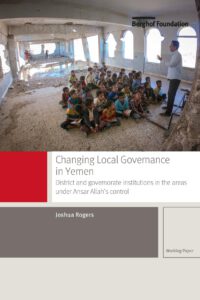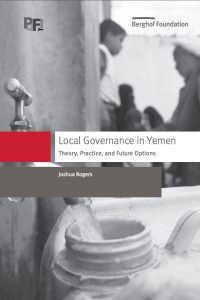
Analysis of situation in each of the governorates of the former PDRY with a special emphasis on local security actors
This paper focuses on the origins, development, and prospects of political challenges in southern Yemen. It begins with an analysis of historical divisions in the south, outlining key issues within specific governorates – including the political fragmentation that has occurred since 2015, when the war in Yemen first gained an international dimension. The paper concludes by examining the significance of the Riyadh Agreement, as well as the implications for the south of current attempts to end the war. It argues that EU policymakers need to address the diverse, complex problems facing southern Yemen if they are to create a sustainable solution to the conflict – and makes several recommendations for how they could achieve this. The EU should continue to support development and statebuilding in Yemen, and should increase its efforts to mediate between southerners, as well as between southerners and northerners. This would promote cooperation and coexistence, encouraging the development of institutional and democratic platforms upon which southerners can achieve self-determination.
Other resources you may be interested in:
The Hadhramawt National Council: A strategic move or a tactical reaction?
Discussion of the HNC’s potential to serve as an inclusive platform for Hadhrami aspirations and its challenges in establishing a clear strategic direction, while analysing whether it represents a strategic initiative or a tactical response to regional and local dynamics. The paper recenters HNC’s main role as to unify various Hadhrami movements advocating for greater […]
Corruption in Hadramawt’s Electricity Sector
Analysis of the situation of the electricity sector in the governorate of Hadhramawt, highlighting problematic procurement practices to the benefit of a few influential public officials and business moguls, and calling for more accountability, transparency and oversight. Corruption in Hadramawt’s Electricity Sector
Recovering Lost Ground in Shabwa’s Oil Sector
Policy brief highlighting the pivotal role of the governorate of Shabwah in Yemen’s oil sector. It criticises the predominant role of international oil companies and the central government in Shabwah’s oil sector, and proposes a localisation, including the establishment of a local oil refinery, to meet local demands and to become more sensitive to developmental, […]







